POKER STRATEGY FUNDAMENTALS
THE FIVE CONCEPTS EVERY PLAYER NEEDS TO KNOW
Poker strategy fundamentals aren’t found in charts, cheat sheets, or playbooks — they live in something deeper.
Real strategy isn’t a shortcut. It’s not memorized. It’s not copied from a training video.
Strategy is what happens when knowledge is connected to purpose — when tools, not rules, form the foundation of how you think.
And yet, most players skip this part. They jump straight to the branches — raise ranges, solver lines, when to c-bet — without ever understanding the roots that hold it all together.
At PokerRailbird, we call that place the Church of Reason — the mindset where ideas are examined, not assumed. Where the why behind the move matters as much as the move itself.
This article is your blueprint.
It’s not an instruction manual. It’s an assembly guide — for your game, your thinking, your strategy.
Just like that poker table I referenced in Sculpting the Game, there are dozens of ways to assemble it — and no one right way. Strategy works the same way.
And just like the step-by-step instructions that came with the table —
“Attach leg A to slot B,” tighten bolts X, Y, and Z —
traditional poker advice often reads like rigid assembly:
Always raise if you’re entering the pot. Never fold pocket kings. Always c-bet the flop.
But that kind of rule-based strategy ignores the one thing that matters most in poker: context.
What’s the texture of the board? What’s the flow of the game? Who’s in the hand — and how do they think?
So what happens if you throw away the instructions — and instead think your way through the build?
What if the result isn’t just different — but better?
Strategy isn’t something you follow. It’s something you assemble.
.
THE FIVE ESSENTIAL TOOLS OF STRATEGY
If you want to build your own strategy — not just follow someone else’s — then you need to understand the poker strategy fundamentals that all great players rely on. These aren’t trendy buzzwords or new-school gimmicks. They’re the core components of the game — the tools that allow you to think, adapt, and construct a strategic foundation that actually fits your style, your goals, and your psychology.
Ignore one, and your strategy becomes lopsided. Understand them all, and you’ll stop imitating other players and start designing your own approach — one that actually holds up under pressure.
Let’s break them down.
.
POKER MATH-THE FOUNDATION YOU CAN'T IGNORE
No matter what style you play, no matter how sharp your instincts are, poker math is the anchor of your entire game. It’s not just a helpful add-on — it’s where poker strategy fundamentals begin.
If you want a strategy that actually works — one that’s profitable, durable, and doesn’t fall apart under pressure — the math has to be solid.
We’re talking about:
- Pot odds
- Implied odds
- Expected value (EV)
- Equity
- Combinatorics
- Hand probabilities

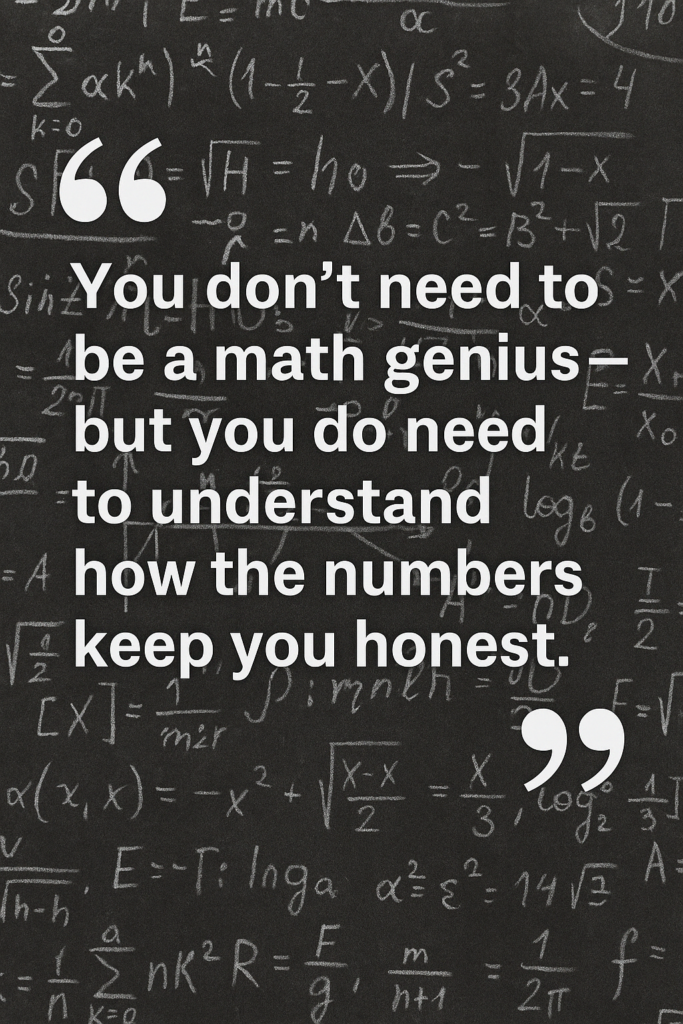
These aren’t “advanced” topics for pros. These are baseline tools for any player who wants to make sound decisions, avoid leaks, and spot profitable situations when others miss them.
You don’t need to be a math genius — but you do need to understand how the numbers keep you honest. Because here’s the truth:
You can play with confidence.
You can play with aggression.
But if you’re ignoring the math, you’re just hoping.
And hope doesn’t build a winning strategy.
“The pot is $100. Your opponent bets $50. You have a flush draw.”
Are you getting the right price to call?
What are your odds of hitting the draw?
Is there fold equity if you raise?
These are not “feel” questions. These are mathematical questions — and they demand mathematical answers.
POKER STRATEGY FUNDAMENTALS - HOW WELL DO YOU "REALLY" KNOW THE MATH?
So let’s go a little deeper.
- If you hold two suited cards, what are the odds another player holds a higher flush draw?
● What’s the probability you flop a flush? Or just a flush draw?
● How many outs do you really have — and what are the odds to hit them on the turn or river?
● Do your pot odds justify the call — or are you burning money? - How often are you dealt a pocket pair?
● If you have pocket Tens, what’s the probability someone else holds Jacks, Queens, Kings, or Aces?
● What are your chances of hitting a set?
● What’s the likelihood that an overcard hits the flop — and if it does, what are the chances someone’s holding it?
If these questions feel fuzzy — you’re not alone.
But here’s the good news: every single one of them is answered at PokerRailbird.com, through detailed articles, straightforward charts, real-hand analysis, and a growing collection of over 20 videos dedicated entirely to poker math.
And let’s be clear — these examples are just the tip of the iceberg.
In any real session, there are hundreds of mathematical decisions flying under the radar. Sometimes you’ll face a dozen variables in a single hand. From stack-to-pot ratios to backdoor equity, from combo counting to betting frequencies — if you’re not studying the numbers, you’re simply guessing.
At PokerRailbird, we view poker math not as a cold formula, but as the underlying form of the game itself.
Poker is built on math. Everything else sits on top of it.
You can love a hand or hate a hand. You mighjt feel good, feel tilted, feel lucky, feel cursed.
But the math?
The math doesn’t care.
It’s the one constant in a dynamic, unpredictable game — and it’s where every real strategy begins.
POKER PSYCHOLOGY - MASTERING THE MENTAL GAME
While math keeps your strategy sound, psychology keeps it intact under pressure. Poker is a game of emotion, patience, and perception — and without control over your mindset, even the most mathematically correct decision can get derailed.
This is where poker strategy fundamentals expand beyond equations.
A real strategy must account for the human side of the game — your own behavior, your ability to adapt, and your response to adversity. Here are the psychological tools every serious player must develop:
EMOTIONAL INTELLIGENCE & TILT CONTROL
MINDFULNESS & FOCUS
Poker is a long game — emotionally and financially. Emotional intelligence means staying aware of your feelings and not letting them drive your decisions. Whether it’s frustration, overconfidence, or revenge, unchecked emotion leads to poor play.
And when it boils over, we call that tilt.
Tilt turns good players into their own worst enemy. Learning to manage it — through self-awareness, breathing, taking breaks, or reframing outcomes — is as critical as any bet-sizing skill.
Mindfulness is the art of staying present — not stuck on the last hand, and not anxious about the next one. Focused players make better reads, notice patterns, and avoid costly distractions.
In live games, that means reading the table.
Online, it means managing attention without splitting it into a thousand pieces.
PATIENCE & DELAYED GRATIFICATION
Patience is profit.
Poker doesn’t reward impatience — it punishes it. Folding the right hands, waiting for your spots, making the smart laydown — that’s discipline. And it’s also bankroll preservation.
Players who can delay gratification — who fold hands others force — have the edge when the real money is on the line.
👉 Full Article: Patience In Poker
MULTITASKING & MENTAL BANDWIDTH
TABLE IMAGE & PLAYER PERCEPTION
Online players especially need to understand that multitasking isn’t free — it costs focus. Every additional table or background task drains your ability to play your best.
You’re not multitasking — you’re attention-splitting. And that shows up in your win rate. Read the full article: Multitasking In Poker: Is It Possible?
Table image is how others perceive you — and it’s a powerful tool if you learn to control it. Whether you look like a rock, a maniac, or a clueless fish, others will adjust to your image. That means your bluffs, value bets, and raises are all filtered through that lens.
Great players use their image to manipulate outcomes. If they’ve been tight for an hour, that’s the perfect time to bluff.
You can’t build a working strategy on feel or vibes. But you also can’t ignore the human element of the game. Emotions, focus, and mental control influence every hand you play.
And while tilt and distraction are inevitable, your response is entirely in your control.
PokerRailbird.com is loaded with practical strategies, real-world insights, and targeted videos to help you build a stronger mental game — one that supports every move you make at the table.

POKER TELLS & BEHAVIORAL OBSERVATIONS
You’ve studied the math. You’ve strengthened your mindset. But poker is still a people game — and your ability to read behavior can give you insights no solver ever will.
These subtle cues — poker tells — offer powerful clues into your opponents’ thinking, confidence, or hesitation. And at the live table especially, they can be worth more than the pot odds.
WHAT ARE POKER TELLS?
A tell is any behavioral clue that reveals something about an opponent’s hand strength or mental state. It could be a trembling hand when they bet. A glance down after checking. A sudden shift in breathing. Or a rehearsed speech that doesn’t quite fit the moment.
Not all tells are reliable — and many are situational — but trained players learn to spot patterns, cross-reference with betting lines, and assign meaning where others see noise.

THE PSYCHOLOGY BEHIND TELLS
Most tells come from involuntary behavior — the body responding faster than the brain can control. A player may try to act strong, but their voice tightens. Or they may appear calm, but their chips fumble in their fingers.
Some tells are based on a concept Zachary Elwood, a leading expert on poker tells, explains as:
“People tend to act weak when they’re strong, and strong when they’re weak.”
That means exaggerated sighs, shoulder shrugs, or phrases like “I guess I’ll call” often mask strength, while silence, stillness, or sudden awkwardness may indicate weakness or bluffing tension.
THE CONTEXT OF TELLS
These fall into three basic categories:
- Waiting For Action Tells
- During Action Tells
- Post-Bet Tells
These three basic categories are well defined by Zachary Elwood in his masterpieces “Reading Poker Tells” and “Exploiting Poker Tells”. I highly recommend both.
Some tells to watch for are:
- Betting Behavior
- Verbal Tells
- Physical Cues
- Eye Movement
- Showdown Behavior
The key is to observe consistently, baseline your opponents, consider the context of each tell and track which behaviors correlate to certain hand strengths over time.
For a better understanding, read the full article “Reading Poker Tells”
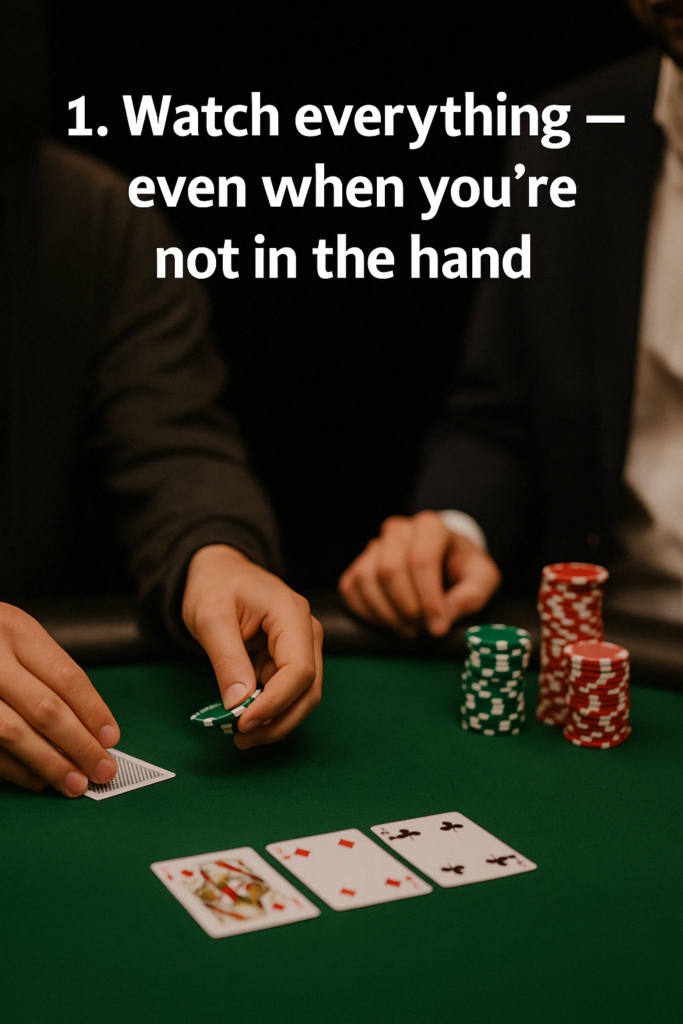
🧠 How to Start Building Your Observation Game
- Watch everything — even when you’re not in the hand
- Take notes — online or mental
- Focus on context — tells vary by player, situation, and stake level
- Combine with logic — never rely on tells alone; use them to support or question your read
And above all…
Don’t chase ghosts.
Not every twitch is a tell. Not every long stare means a bluff.
🎯 Want to master behavioral reads?
📖 Read: Reading Poker Tells – A Complete Guide
SIDEBAR: WHY MOST PLAYERS MISS TELLS
Even though poker tells can reveal powerful insights, the vast majority of players overlook them — or misread them entirely. Here’s why:
- 😵 Tunnel Vision – They’re too focused on their own hand to observe others
- 📱 Digital Distractions – Phones, conversations, and multitasking rob attention
- 🔢 Math Overload – They rely too heavily on odds and ignore human dynamics
- 🤷♂️ Skepticism – They assume tells are unreliable or overhyped
- 🕰 Impatience – They only watch hands they’re involved in, missing key patterns
The result? They miss the moments that matter most — the tiny behavioral cues that reveal timing, strength, weakness, or hesitation.
The edge isn’t just in the cards. It’s in what you notice.
CONCEALING YOUR OWN TELLS-THE PSHCHOLOGY OF BEING WATCHED
Reading tells is one side of the coin. But if you’re giving off signals yourself — and your opponents are paying attention — then you’ve become the leak.
The truth is, in any live poker game, you are being watched. Especially if you’re active, winning, or just new to the table.
Every movement, expression, hesitation, or forced comment could be revealing more than you realize.
That’s why knowing how to conceal your own tells is just as important as spotting others.
WHY YOU GIVE OFF TELLS WITHOUT KNOWING IT
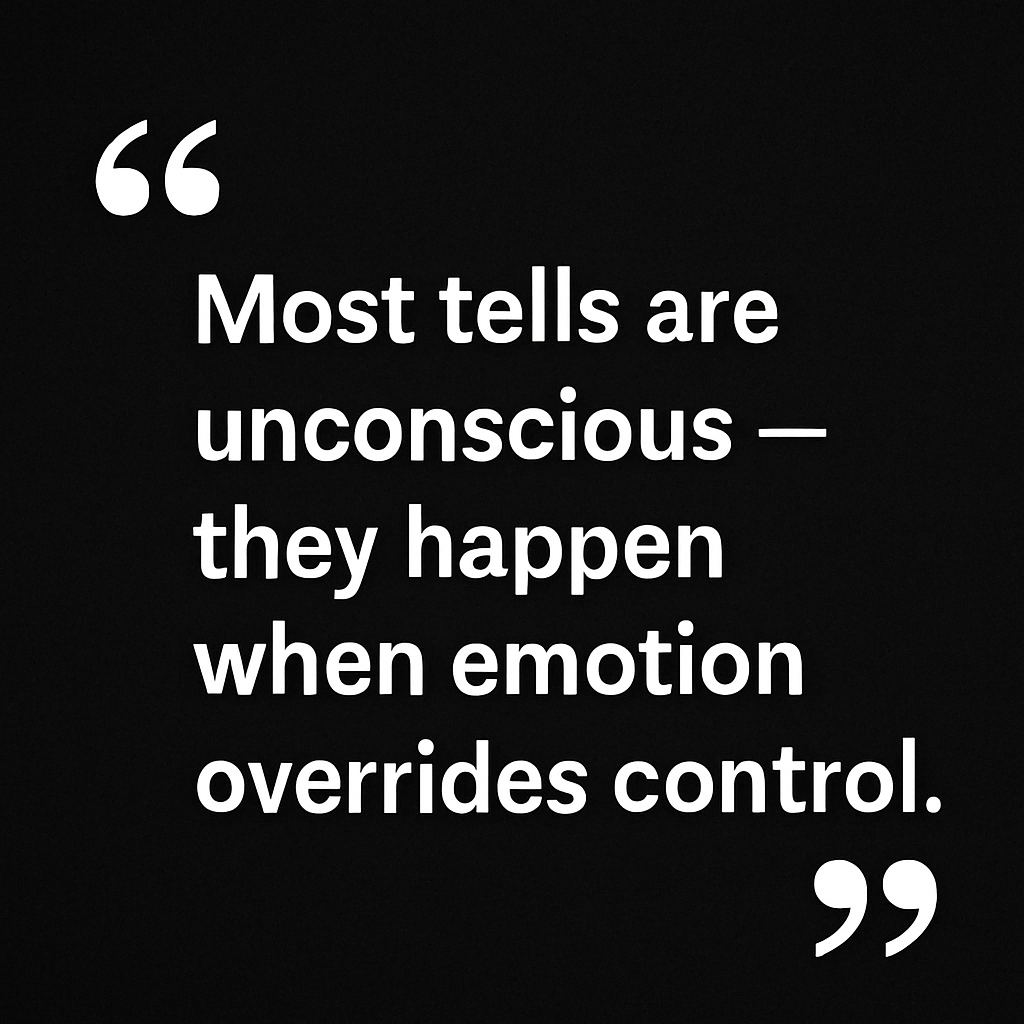
Most tells are unconscious — they happen when emotion overrides control:
- Excitement when holding a strong hand
- Anxiety when bluffing
- Nervous energy when unsure
- Relief after a tough decision
You might grip your chips differently. Your breathing might change. You may try to act casual — and end up looking exactly the opposite.
Inexperienced players often assume they’re unreadable, when in fact their tells are screaming through their behavior.
POKER STRATEGY FUNDAMENTALS - HOW TO CONCEAL YOUR TELLS: PRACTICAL TIPS
STANDARDIZE YOUR ROUTINE
CONTROL YOUR EYES
MASTER YOUR BREATHING
Always bet, check, fold, and stack chips the same way — regardless of your hand strength.
Avoid staring at the board when you hit your card — or looking away in fear when you don’t. Try to focus in a consistent, neutral area.
.
Deep, slow, quiet breathing helps mask emotional spikes — and keeps you calm.
AVOID VERBAL OVERCOMPENSATION
BE AWAHRE OF SHOWDOWN BEHAVIOR
AVOID REVERSE PSYCHOLOGY
Don’t talk just to fill silence. Don’t “Hollywood” your action with sighs, shrugs, or phony hesitation.
Reactions at showdown are very telling. Practice accepting outcomes (win or lose) with the same posture and expression.
Some advanced players try to fake tells — but this often backfires. control. Avoid this behavior, you goal is to be invisible at the table.
You may think your tells don’t matter because your opponents aren’t experts. But often, they don’t need to be. Read the full article “Master The Art Of Concealment“.
META-GAME AWARENESS & TABLE DYNAMICS
Poker doesn’t happen in a vacuum. Each hand is part of a larger context — a psychological battle shaped by personalities, stack sizes, momentum, image, and recent history.
This broader layer is called the meta-game — and understanding it is what separates players who react from players who adapt.
You can know the odds, read the table, and still lose — if you miss the why behind the play.

WHAT IS META-GAME AWARENESS?
Meta-game refers to the strategic layer that exists above the current hand:
- How players have been playing recently
- Who just lost a big pot (and may be on tilt)
- Who is protecting a chip lead or nursing a short stack
- How your image influences how others perceive your bets
- What message your current action sends based on past patterns
It’s the storyline of the session — and your ability to track it adds context to every hand you play.
TABLE DYNAMICS IN ACTION
THE IMAGE GAME: HOW THEY SEE YOU
Table dynamics refer to the mix of personalities, playing styles, and emotional states at your table — and how they interact in real time.
Here’s how dynamics shift your strategy:
- 🪑 Loose tables = tighten your range, play premium hands for value
- 🧊 Tight tables = widen your range, steal blinds, and pressure weak spots
- 🔥 Aggressive tables = trap more, reduce bluffing, let others hang themselves
- 💤 Passive tables = build pots with strong hands, avoid fancy plays
Understanding the dynamic is how you know when to adjust — even if the math and textbook strategy suggest otherwise.
Your table image is your reputation — and whether you know it or not, you’re building one from the first hand you play.
Ask yourself:
- Have I been playing tight or loose?
- Do I seem aggressive or passive?
- Do they think I bluff too much — or not enough?
Players don’t respond to your hand — they respond to your pattern. If your image says “honest grinder,” your bluffs will get more respect. If your image says “reckless maniac,” you’ll get called lighter.
You can weaponize that image — or become trapped by it.
📖 Read more: Table Image in Poker – Control the Narrative
WHY THIS ALL MATTERS
You can’t build a static strategy and expect dynamic results.
The meta-game and table dynamics are what make poker alive — they’re the moving targets. And great players learn to:
- Sense when the table is tilting emotionally
- Spot the players getting frustrated
- Adjust their line not just to the cards, but to the moment
Solvers don’t see momentum. Charts don’t feel pressure.
But you do.
SIDEBAR: WHY MOST PLAYERS IGNORE TABLE DYNAMICS
Most players are so locked in on their cards — or their last bad beat — they fail to notice the living, breathing ecosystem unfolding at the table.
Here’s why dynamics go unnoticed:
- 🎯 Over-focus on hand charts – They play “by the book,” not by the moment
- 🧮 Math tunnel vision – They know the odds, but not the people
- 🧍 Lack of presence – They’re distracted, disengaged, or just there for the fun
- ⌛ Impatience – They don’t wait long enough to notice patterns
- 😬 Fear of adjusting – They second-guess themselves when straying from “optimal” play
But poker isn’t just math. It’s people, emotion, timing, and opportunity — all shifting hand to hand.
When you ignore the dynamics, you become predictable.
When you see the meta-game, you become dangerous.
PLAYERS STYLES & EXPLOITING TENDENCIES
Understanding player types isn’t just a shortcut — it’s a core part of poker strategy fundamentals.
It bridges the gap between math and psychology, helping you make informed decisions based not just on the cards, but on who is playing them.
You can have the perfect odds, ideal position, and a solid hand — but if you don’t know who you’re up against, you’re still guessing.
“Strategy doesn’t exist in isolation. It’s shaped by your opponent.”
THE FOUR CORE PLAYER STYLES
Most players — especially in live cash games — fall into one of four broad categories. Recognizing these styles helps you simplify decisions, predict patterns, and exploit weaknesses.
TIGHT-PASSIVE (THE ROCK)
LOOSE-PASSIVE (THE CALLING STATION)
LOOSE -AGGRESSIVE (THE MANIAC)
TIGHT-AGGRESSIVE (THE SHARK)
Rarely plays a hand. When they do, they’re often strong — but easy to push off medium-strength holdings. Bluff sparingly, value bet wide.
Plays way too many hands, doesn’t fold much, and rarely raises. Don’t bluff. Build pots with value hands and keep betting.
Plays fast and wild. Raises constantly. You’ll see unpredictable lines, but most are bluff-heavy. Let them hang themselves, and be ready to trap.
Disciplined, balanced, patient, and aggressive when it counts. Hard to exploit, but readable if you stay sharp. Use position, avoid bloated pots with marginal hands.
These categories aren’t rigid — but they give you a reliable starting framework for real-time reads and strategy adjustments.
📖 Explore: Poker Player Styles of Play – Full Series
WHY PLAYER TYPES MATTER IN POKER STRATEGY FUNDAMENTALS
Each player style responds differently to pressure. A bluff that works on a Rock might fall flat against a Calling Station. A value bet against a Maniac might earn three streets, while a TAG folds on the turn.
Recognizing how each player type thinks — and how they react to your moves — lets you build situational strategies that evolve as the session unfolds.
This is where poker strategy fundamentals shift from theory to application.
🔁 Players Aren’t Static
Styles can shift mid-session:
- A Rock who lost a big pot may go into tilt-mode
- A Maniac may tighten up after a string of losses
- A passive player may suddenly bluff when frustrated or bored
Great players track these shifts, noting when opponents break from their default tendencies.
You’re not just identifying styles — you’re identifying transitions.
PLAY THE PEOPLE, NOT JUST THE CARDS
Anyone can learn odds and memorize charts. But recognizing that the real game is unfolding in the minds of your opponents — that’s where long-term success lives.
Poker is played one hand at a time — but it’s won by seeing the patterns behind those hands.
Studying player tendencies, understanding how they deviate under stress, and learning to adjust accordingly is one of the most critical — and most profitable — pieces of poker strategy fundamentals.

STRATEGY AS PERSONAL ASSEMBLY
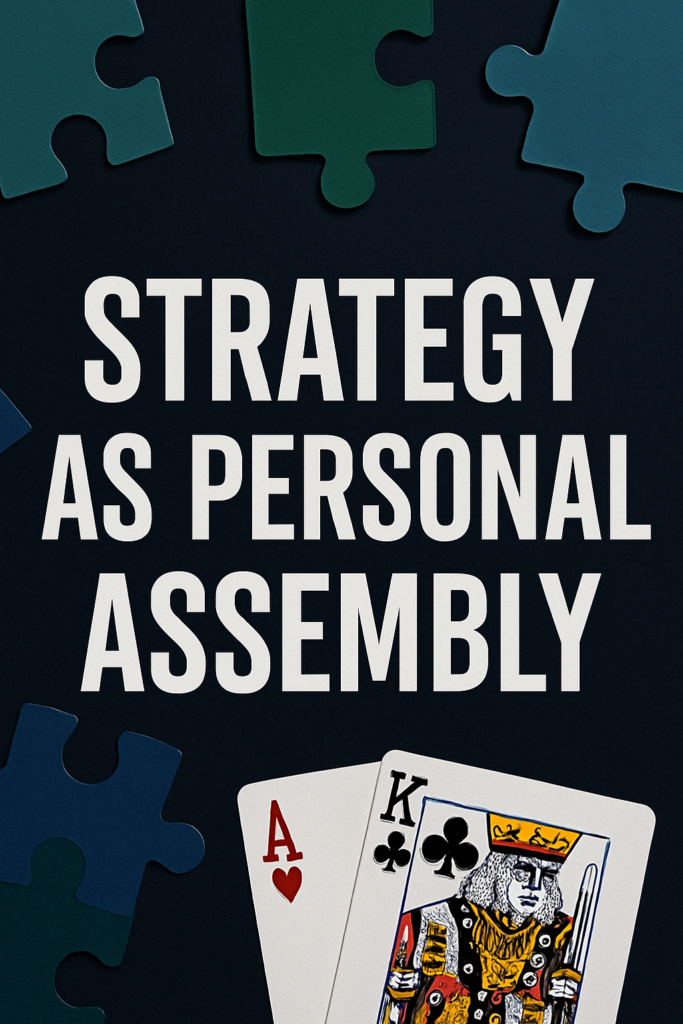
You’ve now seen the key tools that define poker strategy fundamentals:
📊 Math.
🧠 Psychology.
🕵️ Observation.
♟️ Table dynamics.
👥 Player types.
But here’s the truth:
Strategy isn’t something you follow. It’s something you assemble.
Every player has access to these same tools.
What separates winning players is how — and when — they use them.
THIS ISN'T AN INSTRUCTION MANUAL
If you’re looking for a rigid set of poker rules to memorize and follow blindly…
This isn’t it.
There is no single strategy that works in every hand, for every player, in every game.
Instead, think of this article as an assembly guide — not a list of instructions.
Just like in Sculpting the Game, we didn’t tell you how to play each hand.
We showed you the poker table — and now we’re explaining the pieces.
Not just where they go, but why they matter.
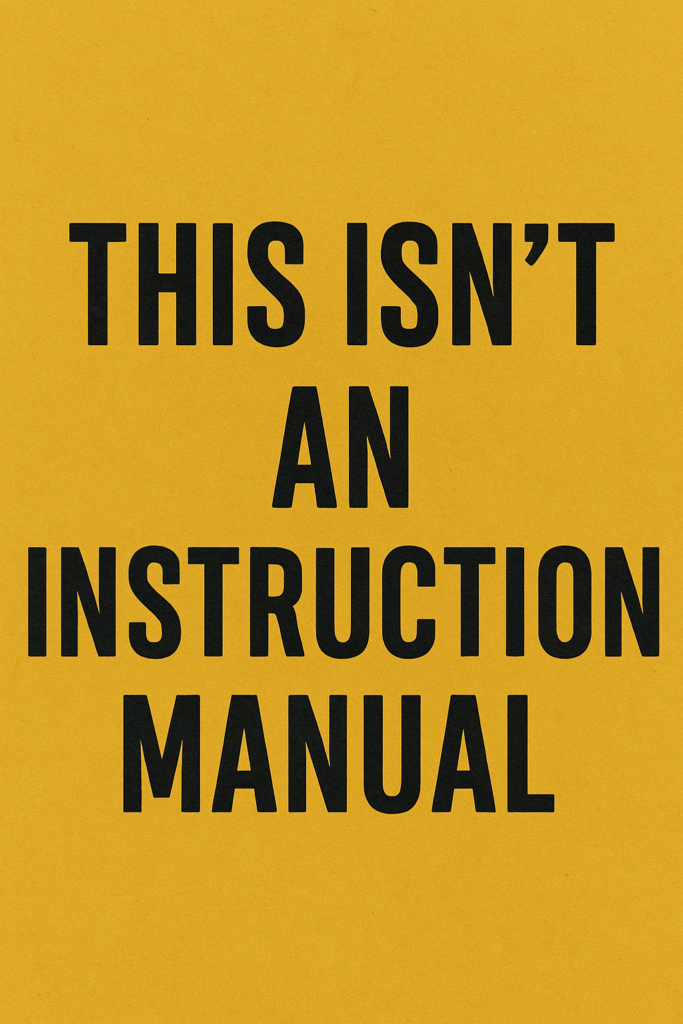
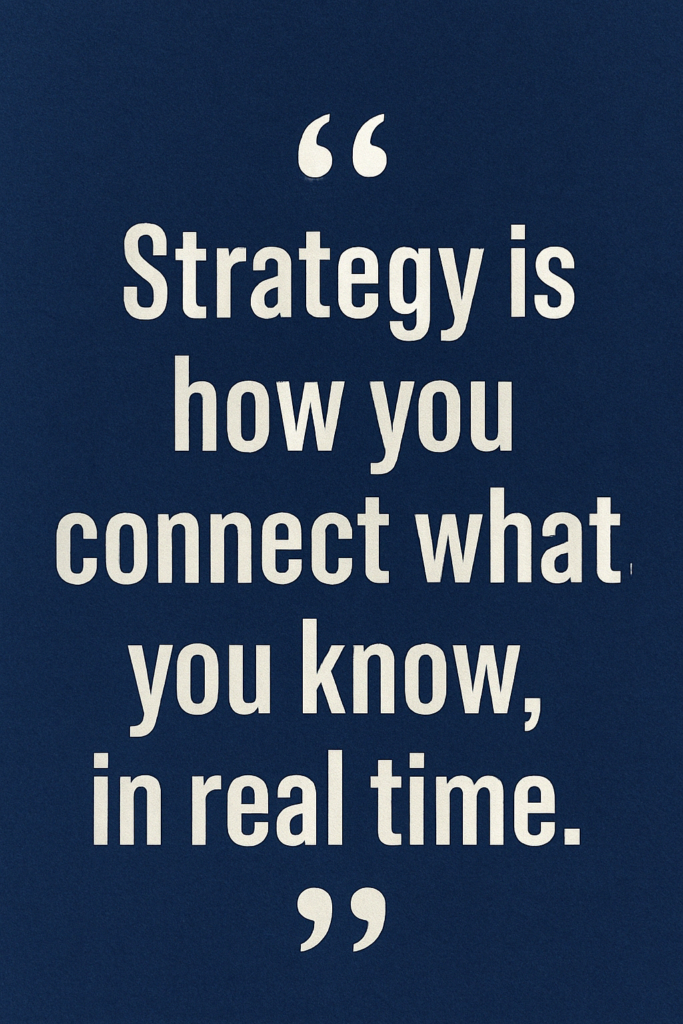
Too many players get trapped chasing other people’s strategies.
They download GTO charts. Copy pros. Watch hand breakdowns.
But without understanding the underlying principles, it never becomes their strategy.
What we’re building at Pokerrailbird is something different.
We want to give you the tools — and teach you how to think with them.
Because real success in poker doesn’t come from imitation.
It comes from integration — pulling together knowledge, experience, intuition, and logic into a style that adapts to any table, any opponent, any scenario.
Strategy isn’t what you know.
Strategy is how you connect what you know, in real time.
PUTTING IT ALL TOGETHER: PATTER RECOGNITION & THE PATH TO MASTERY
Once you understand the core components of poker strategy fundamentals — math, psychology, discipline, and adaptability — the next step is learning to see the game differently.
That’s where pattern recognition and the mindset of a world-class player come in.
PATTERN RECOGNITION - THE HIDDEN LANGUAGE OF THE GAME
THE MINDSET & SKILLS OF A WORLD-CLASS PLAYER
Winning players don’t just know poker theory — they recognize situations.
They see familiar betting lines and will spot rhythm changes in an opponent’s tempo. They notice when a player’s story doesn’t line up with their action. Whether it’s a common post-flop trap or a subtle tell in live play, great players connect patterns before others even register them.
“Pattern recognition is intuition built on experience.”
It’s not magic — it’s memory, observation, and logic working together in real time. The better you get at recognizing common hand paths, player types, and betting behaviors, the less you rely on guesswork — and the more confident your decisions become.
🎯 Dig deeper:
👉 Pattern Recognition in Live Poker – Full Article
The final frontier in poker strategy isn’t technical — it’s personal.
Becoming a great player isn’t about memorizing charts or mimicking YouTubers. It’s about building your own game, rooted in self-discipline, curiosity, observation, and an obsession with doing things right — not just doing them fast.
It’s about having:
- Patience to fold
- Humility to learn
- Mental endurance to outlast
- Strategic courage to pull the trigger when it counts
That mindset is what separates “players” from thinkers. And that mindset is what PokerRailbird is all about.
🎯 Start your climb:
👉 Do You Have the Right Stuff? – The Mindset & Skills of a World-Class Poker Player
FINAL THOUGHT
Poker is a game of incomplete information, real-time decision-making, and human psychology — all balanced on a foundation of mathematical truth.
If you want to build your own strategy — not follow someone else’s — you’ll need to master each piece of the puzzle.
That’s what this article is:
📘 Your guide to the tools.
🛠 Your map to building something that’s yours.
You’re not here to follow the rules.
You’re here to sculpt the game.

THE CHURCH OF REASON: WHY STRATEGY MUST BE UNDERSTOOD
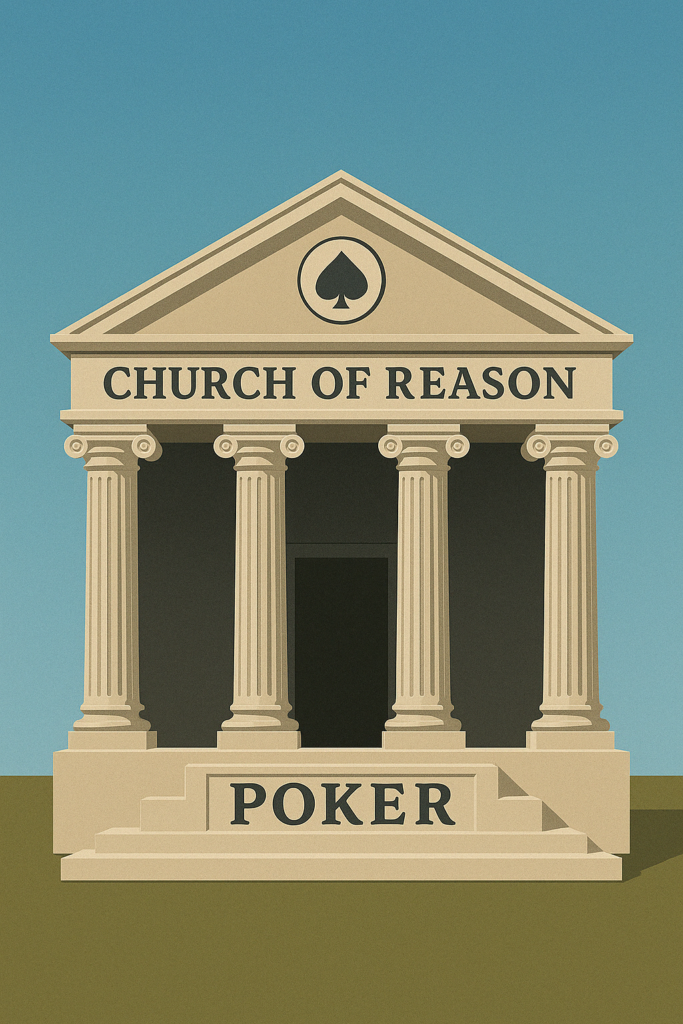
In Zen and the Art of Motorcycle Maintenance, Robert Pirsig talks about a place he calls “The Church of Reason.” Not a church of belief — but of understanding. A place where ideas are valued not because someone said they work, but because the thinker truly grasps why they work.
Poker needs its own Church of Reason.
Not another doctrine of rules — but a foundation of understanding.
START AT THE ROOTS - NOT THE BRANCHES
Too many players chase the branches of poker — flashy hands, shortcut advice, influencer charts, clickbait bluffs. But the real game — the sustainable, profitable, meaningful game — lives in the roots.
- Roots are patience, discipline, and pattern recognition.
- Roots are pot odds, fold equity, and range analysis.
- Roots are knowing why you’re betting — not just that it “seems right.”
The player who builds from roots will never be lost.
The player who memorizes branches will snap the moment the wind shifts.
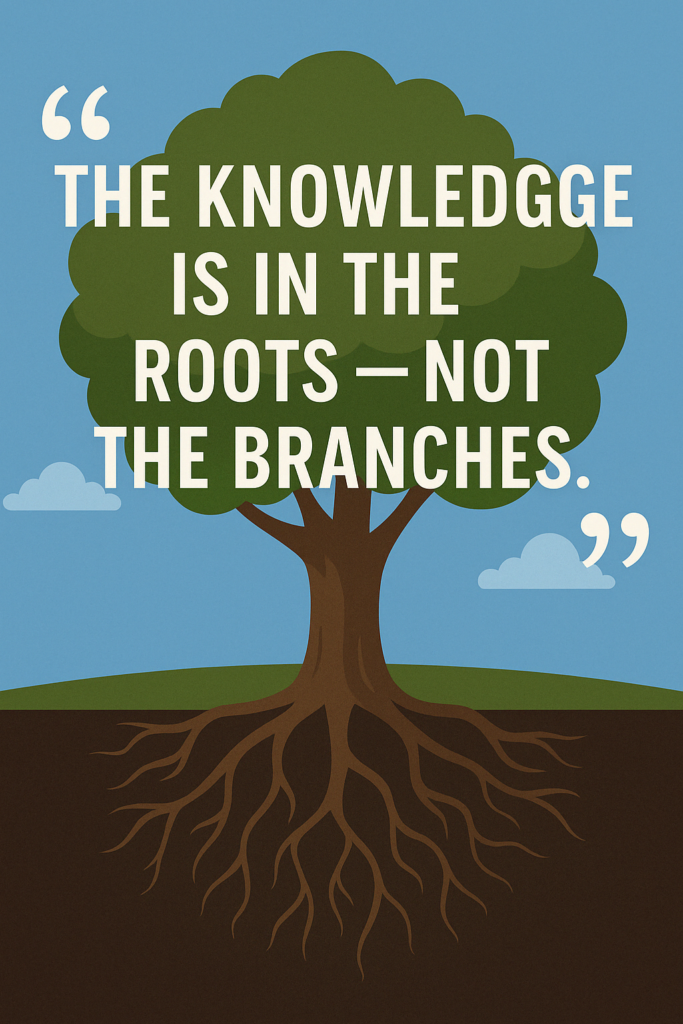
TOOLS - NOT RULES

This is the guiding philosophy of Pokerrailbird — and of this entire article.
We’re not giving you rules.
We’re handing you tools — and showing you how they connect.
You’re not here to blindly follow someone else’s map.
You’re here to understand the terrain — so you can make your own path.
ZEN AND THE GAME
Zen isn’t about being emotionless. It’s about seeing clearly.
It’s about shedding the illusions — of certainty, of control, of permanence — and learning to act with intention anyway.
Poker, like life, is uncertain.
The player who thrives is the one who embraces the process.
You don’t master poker by forcing it to make sense.
You master it by understanding how it works — and adapting with clarity.
📍 You now have the blueprint.
Not a formula — but a framework.



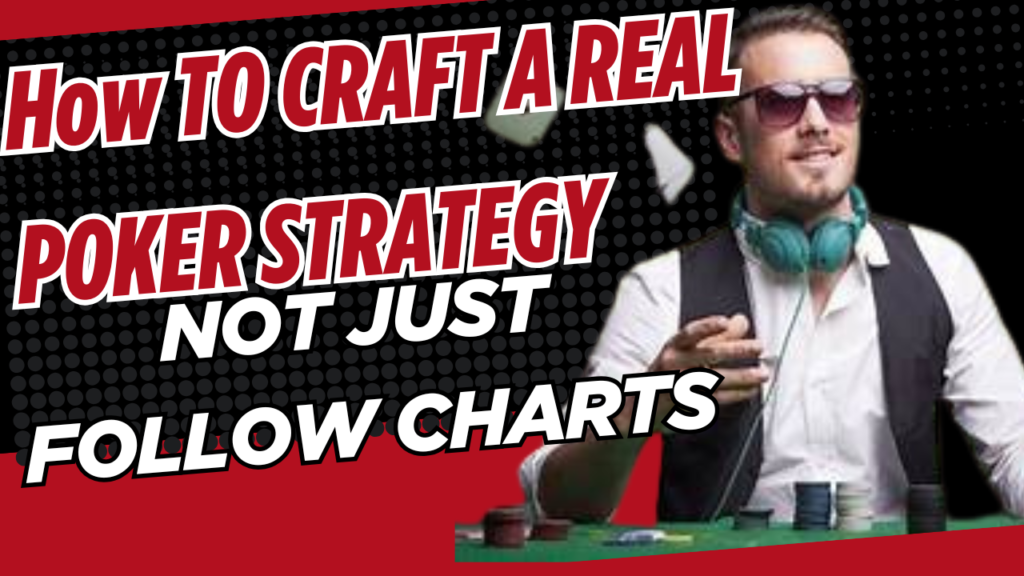
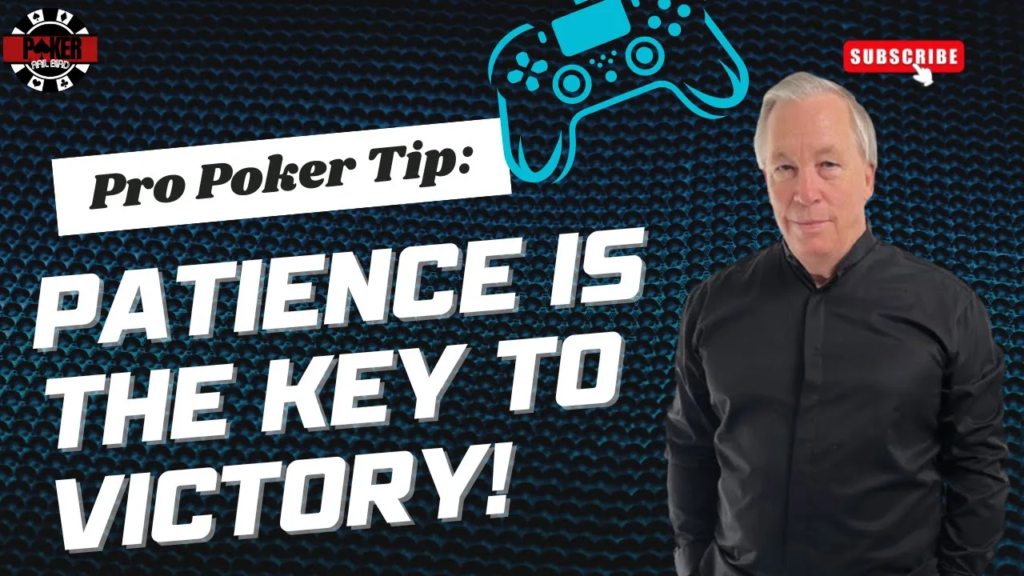
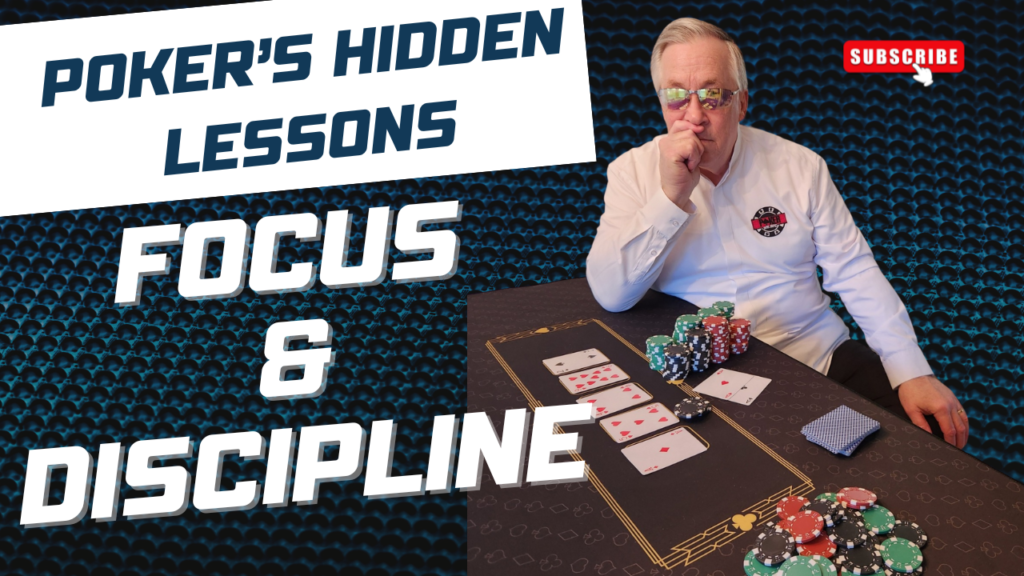
1 thought on “Poker Strategy Fundamentals”
It’s arduous to seek out knowledgeable individuals on this topic, but you sound like you know what you’re speaking about! Thanks
Comments are closed.